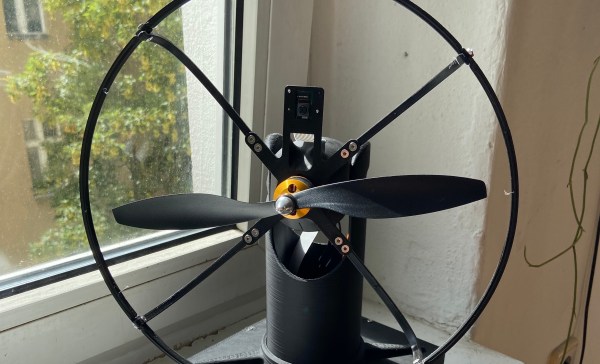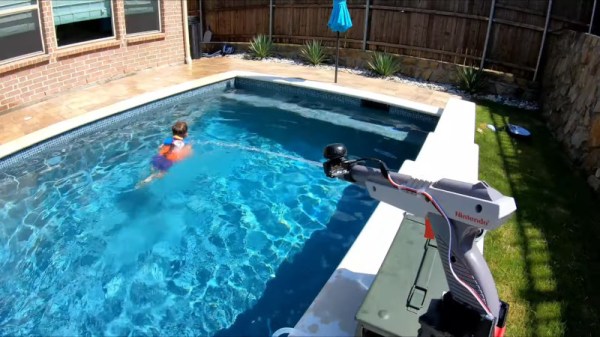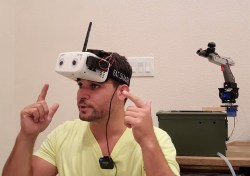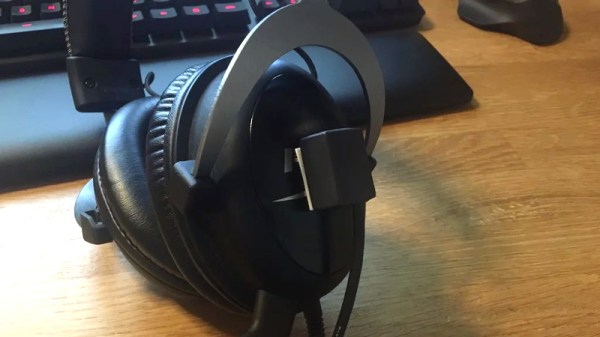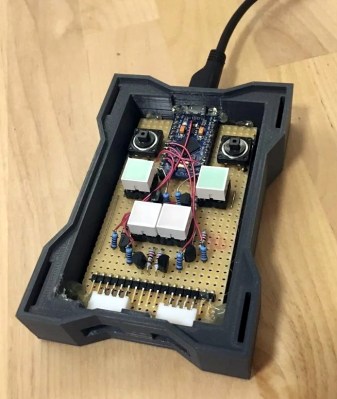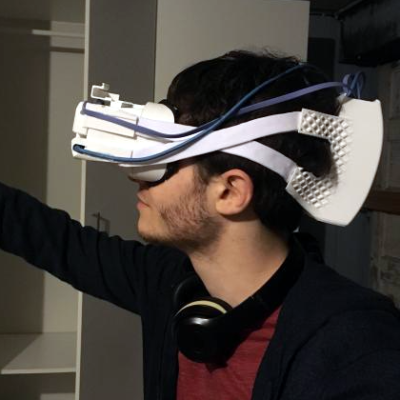[AchillesVM] decided to build a tabletop electric fan so it would track him as he moves around the room. Pan and tilt control is provided by a pair of servos controlled by a Raspberry Pi 3b+. How does it know where [AchillesVM} is? It captures the scene using a Raspberry Pi v2 Camera and uses OpenCV’s default face-tracking algorithm to find him. Well, strictly speaking, it tracks anyone’s face around the room. If multiple faces are detected, it follows the largest — which is usually the person closest to the fan.
The whole processing loop runs at 60 ms, so the speed of the servo mechanism is probably the limiting factor when it comes to following fast-moving house guests. At first glance it might look like an old fan from the 1920s, in fact [AchillesVM] built the whole thing by himself, 3D-printing case and using a few off-the-shelf parts (like the 25 cm R/C plane propeller).
It’s a work in progress, so follow his GitHub repository (above) for updates. Hopefully, there will be a front-mounted finger guard coming soon. If you like gadgets that interact with you as you move about, we’ve covered the face-tracking confectionery cannon back in 2014, and the head-tracking water blaster last year. In the “don’t try this” file goes the build that started a career — the eye-tracking laser robot.

